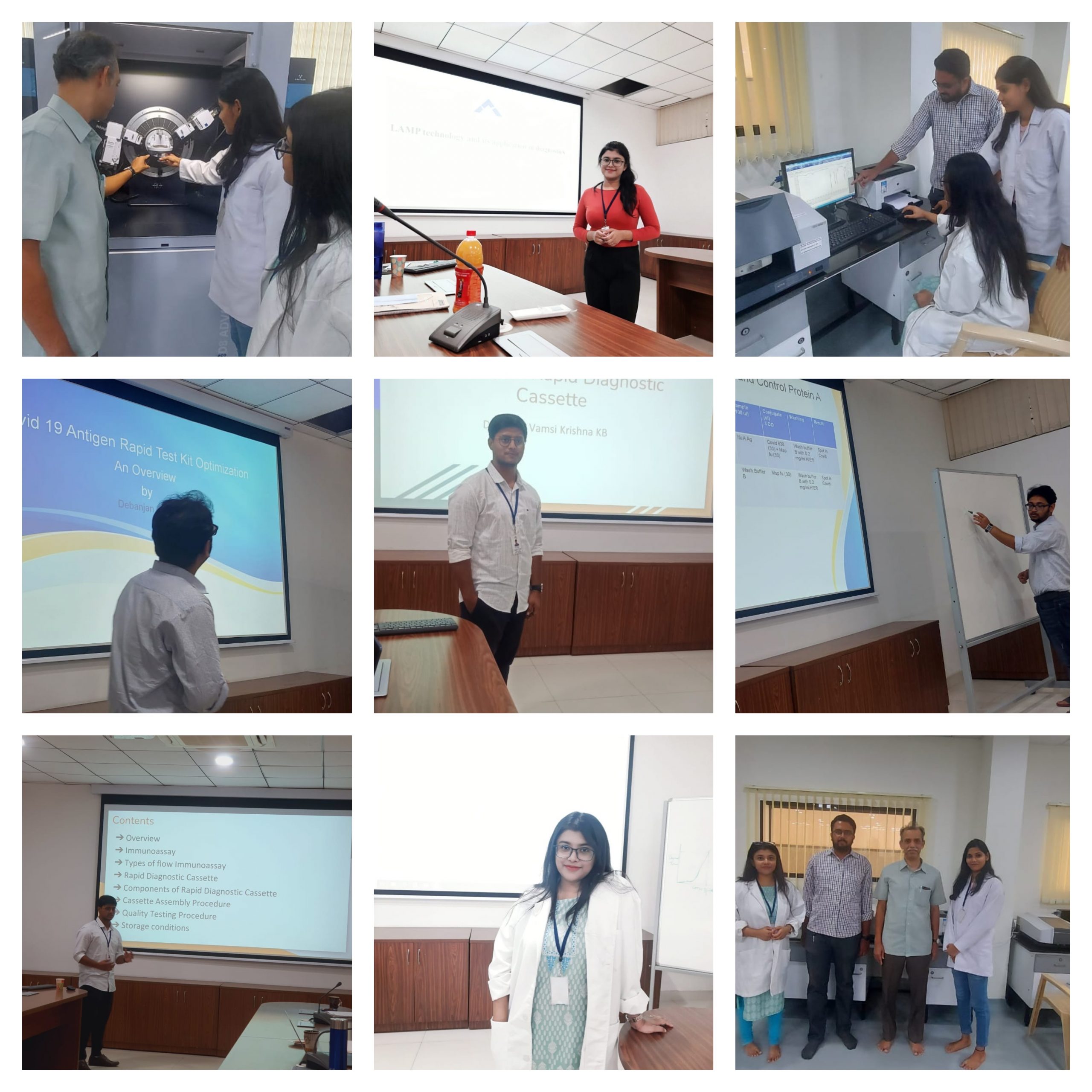NATIONAL SCIENCE DAY
FTIR:
The use of Fourier transform infrared (FTIR) spectroscopy has been considered to be one of the most effective techniques to study and understand the chemical and surface chemistry of various types of chemical substances.
FT-IR stands for Fourier Transform Infrared, the preferred method of infrared spectroscopy. In infrared spectroscopy, IR radiation is passed through a sample. Some of the infrared radiation is absorbed by the sample and some of it is passed through (transmitted). The resulting spectrum represents the molecular absorption and transmission, creating a molecular fingerprint of the sample.
Like a fingerprint no two unique molecular structures produce the same infrared spectrum. This makes infrared spectroscopy useful for several types of analysis.
So, what information can FT-IR provide?
- It can identify unknown materials
- It can determine the quality or consistency of a sample
- It can determine the amount of components in a mixture
In this training, undertaken by M/s Shyamalini Shyamasuta and M/s Riya Roy, a brief introduction to FTIR technique was given along with hands on training to use and analyze various chemical substances.
XRD
X-ray diffraction (XRD) is a powerful nondestructive technique for characterizing crystalline materials. It provides information on structures, phases, preferred crystal orientations (texture), and other structural parameters, such as average grain size, crystallinity, strain, and crystal defects.
In this training as undertaken by M/s Shyamalini Shyamasuta and M/s Riya, A brief introduction of the instrument was given. In summary of the training, it was explained that the crystal X-ray diffraction phenomenon results from a scattering process in which X-rays are scattered by the electrons of atoms present in the sample without changing the wavelength. Since X-rays have wavelengths (between 0.2 and 10 nm) comparable to the interatomic spacing of a crystalline solid, the incident X-ray beam diffracts in specific directions. Predicted by Bragg’s law. The resulting diffraction pattern, given by the positions and intensities of the diffraction effects, is a fundamental physical property of the material, providing not only the identification but also the complete elucidation of its structure.
X-ray diffraction peaks are produced by constructive interference of a monochromatic beam of X-rays scattered at specific angles from each set of lattice planes in a sample. The peak intensities are determined by the distribution of atoms within the lattice. Consequently, the X-ray diffraction pattern is the fingerprint of periodic atomic arrangements in a given material.
- The main objective of the training was to know the principle working of the instruments
- The training had a presentation followed by practical session and Q&A discussion
- The presentation was based on briefing on the cassette which acts like a platform for the test to be performed.
- Discussion on the different raw materials that is used in cassette preparation
- Optimization and storage condition study discussion.
- The presentation was based on LAMP technology and its application in diagnosis.
- Discussion on Polymerase chain reaction and its disadvantages, how LAMP technology works.
- LAMP detection methodologies and its recent application in diagnosis.
- The presentation was based on the development and optimization of Covid 19 rapid antigen test kit.
- Discussion on the components used for the testing purpose of Covid on the test kit.
- A brief discussion on ELISA technique.


